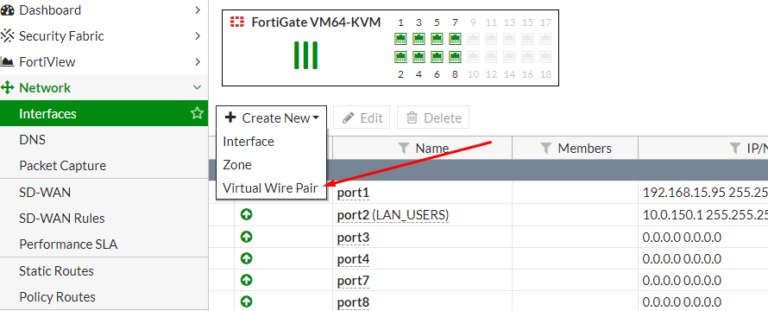
We’ll focus on one VLAN at a time so that as little traffic as possible has to cross the VXLAN. The idea is to migrate systems live, and if internet traffic arrives for a system that has already been moved, it traverses the VXLAN to reach that system. However, I don’t want the traffic traversing the internet in the clear, so now it’s VXLAN + VPN. There is not layer two connectivity between locations, and the cost of deploying such a P2P link would be cost prohibitive due to the requirement for an annual contract, diverse paths, etc. The servers are running on internet-routable addresses, are dual-stack IPv4/IPv6, and both locations have full table BGP peering using unique ASNs. This post will be a work in progress while working through a data center migration without re-addressing systems, and without service interruption to public-facing services. LACP/LAG/MLAG/MC-LAG/port-channel or whatever your preferred vendor calls them)



Here’s some highlights if you don’t feel like reading:


 0 kommentar(er)
0 kommentar(er)
